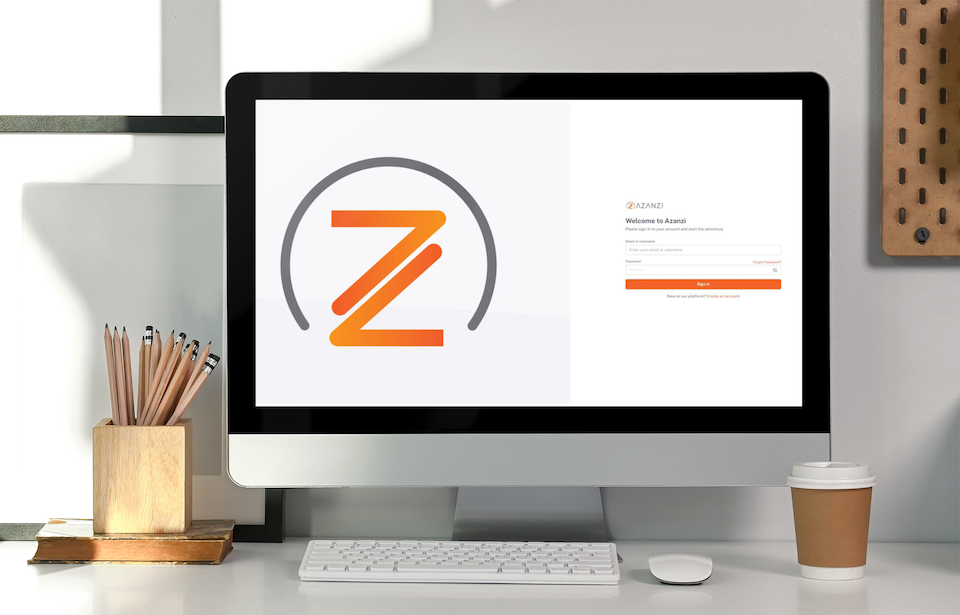

Supply chains are the lifelines that connect raw materials to end consumers. This intricate web of suppliers, manufacturers, and distributors also presents numerous vulnerabilities in the cyber landscape. A single weak link can compromise the entire chain, leading to significant financial and reputational damage.
To fortify your supply chain against such threats, consider implementing the following five vital supply chain cyber security best practices.
Understanding the impact if the supplier has a breach and the information assets that have access to or support, along with their vulnerabilities is the first step toward securing it. Supplier “creep”, where suppliers provides more services/goods than originally specified, requires regular risk assessments to help identify potential threats posed by third-party vendors, transportation channels, and internal processes. By evaluating these risks, organisations can prioritise resources and implement targeted security measures.
Action Steps:
Controlling who has access to sensitive information and systems is paramount. Unauthorised access can lead to data breaches, intellectual property theft, and operational disruptions. By implementing strict access management protocols, organisations can minimise these risks. This includes enforcing role-based access controls and regularly reviewing user permissions.
Action Steps:
Data is the currency of modern business, and protecting it is non-negotiable. Encrypting sensitive information ensures that even if data is intercepted, it remains unreadable to unauthorised parties. Additionally, establishing protocols for data handling and storage minimises the risk of accidental exposure.
Action Steps:
Your supply chain’s security is only as strong as its weakest link. Collaborating with suppliers to enhance their security protocols ensures a unified defence against potential threats. This partnership fosters transparency and trust, reducing the likelihood of security breaches originating from third-party vendors. Working closely with your suppliers will improve security and strengthen the overall supply chain.
Action Steps:
Despite best efforts, security incidents may still occur. Having a well-defined incident response plan ensures that your organisation can react swiftly and effectively to mitigate damage. Inform suppliers about the parameters around when to inform you of an incident or breach they have experienced. Regular testing of these plans through simulations and drills prepares your team for real-world scenarios, minimising response times and operational impact.
Action Steps:
By implementing these best practices, organisations can significantly enhance their supply chain security posture. Proactive measures not only protect against potential threats but also build resilience, ensuring that the supply chain remains robust against evolving challenges.
For more information on enhancing your organisation’s supply chain security, consider exploring solutions like Azanzi’s Third-Party Risk Management (TPRM) platform, designed to help establish effective control and oversight of your supply chain cyber security.

Explore how Azanzi TPRM delivers the control, flexibility, and visibility that other platforms often leave behind.
Read more
This blog explores how self declaration on cyber security will differentiate you from the competition.
Read more
This blog explores learnings about TPRM and supplier security management from the M&S cyber attack.
Read more
This blog explores how organisations can stay ahead when it comes to TPRM.
Read more
This blog explores the cyber risks of using third parties in your organisation.
Read more